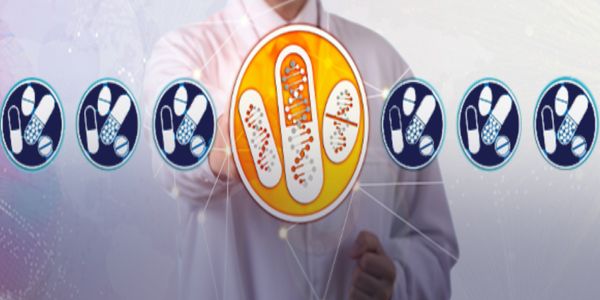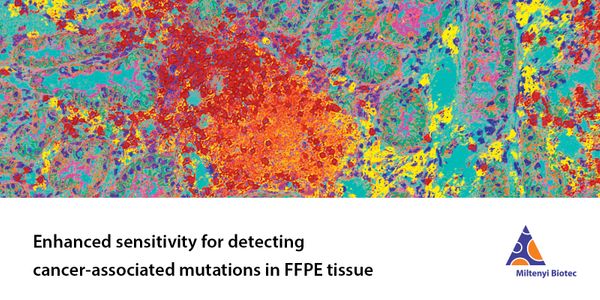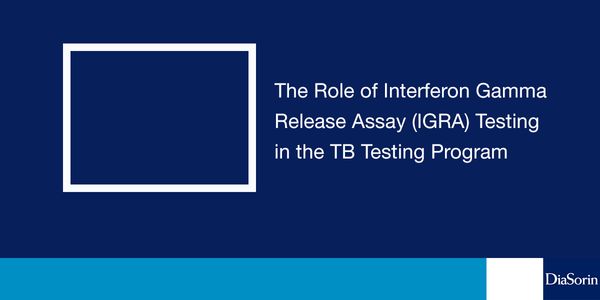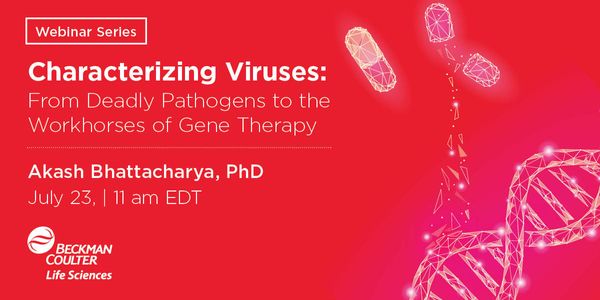Population Sciences
Population science is a field of epidemiology focuses on why some populations are healthier than others. Population scientists use the information learned when comparing the health of populations to research ways to improve health.
-
Individuals of under-represented minority ancestry are at disproportional risk for higher incidence and mortality rates for particular cancers. The unequal burden of cancer in certain racial...Speaker: Steven R. Patierno, PhD
Background: Healthcare access (HCA) encompasses five important dimensions: Affordability, Availability, Accessibility, Accommodation and Acceptability. Published studies of cancer typically...
Speaker:
Tomi Akinyemiju, PhD, MS
Cancer disparities among persons of African descent are driven by both biological and nonbiological factors. There is evidence in breast cancer that psychosocial factors (environment, socioe...
Speaker:
K. Sean Kimbro, PhD
An extensively debated concern about CRISPR-Cas9 genome editing is that unspecific guide RNA (gRNA) binding may induce off-target mutations. However, accurate prediction of CRISPR-Cas9 off-t...
From data to insight: Explore the full potential of high dimensional data by leveraging machine learning algorithms 1:30–2:00 pm PDT Presented By: Qianjun Zhang, MS Utilizing FCS Expre...
Speaker:
Qianjun Zhang, MS
, Sean Burke, MS
, Thiru Selvanantham, PhD
, Beth Lindroth Hill, PhD
, Jared K. Burks, PhD
, Trevor McKee, PhD
, Donald Allen, BS
Presented at: 9th Annual Fluidigm Mass Cytometry Virtual Summit
B cells and tertiary lymphoid structures (TLS) promote immunotherapy response 1:00–1:30 pm PDT Presented By: Rafet Basar, MD...
Speaker:
Handan Xiang, PhD
, Pei-Yu Chen, PhD
, Hiranmayi Ravichandran, MS
, Rafet Basar, MD
, Amir Horowitz, PhD
Presented at: 9th Annual Fluidigm Mass Cytometry Virtual Summit
Speaker TBD 10:30–10:50 am PDT Exploring the immune tumor microenvironment of hepatocellular carcinoma with Imaging Mass Cytometry™ 10:50 am–11:10 am PDT Presented By: Won...
Speaker:
Won Jin Ho, MD
, Melissa B. Davis, PhD
Presented at: 9th Annual Fluidigm Mass Cytometry Virtual Summit
Single-cell mass cytometry identifies mechanisms of resistance to immunotherapy in AML 6:30–7:00 am PDT Presented By: Shelley Herbrich, PhD Understanding CD19 negative relapse followin...
Speaker:
Shelley Herbrich, PhD
, Kara L. Davis, DO
, Bernd Bodenmiller, PhD
Presented at: 9th Annual Fluidigm Mass Cytometry Virtual Summit
























